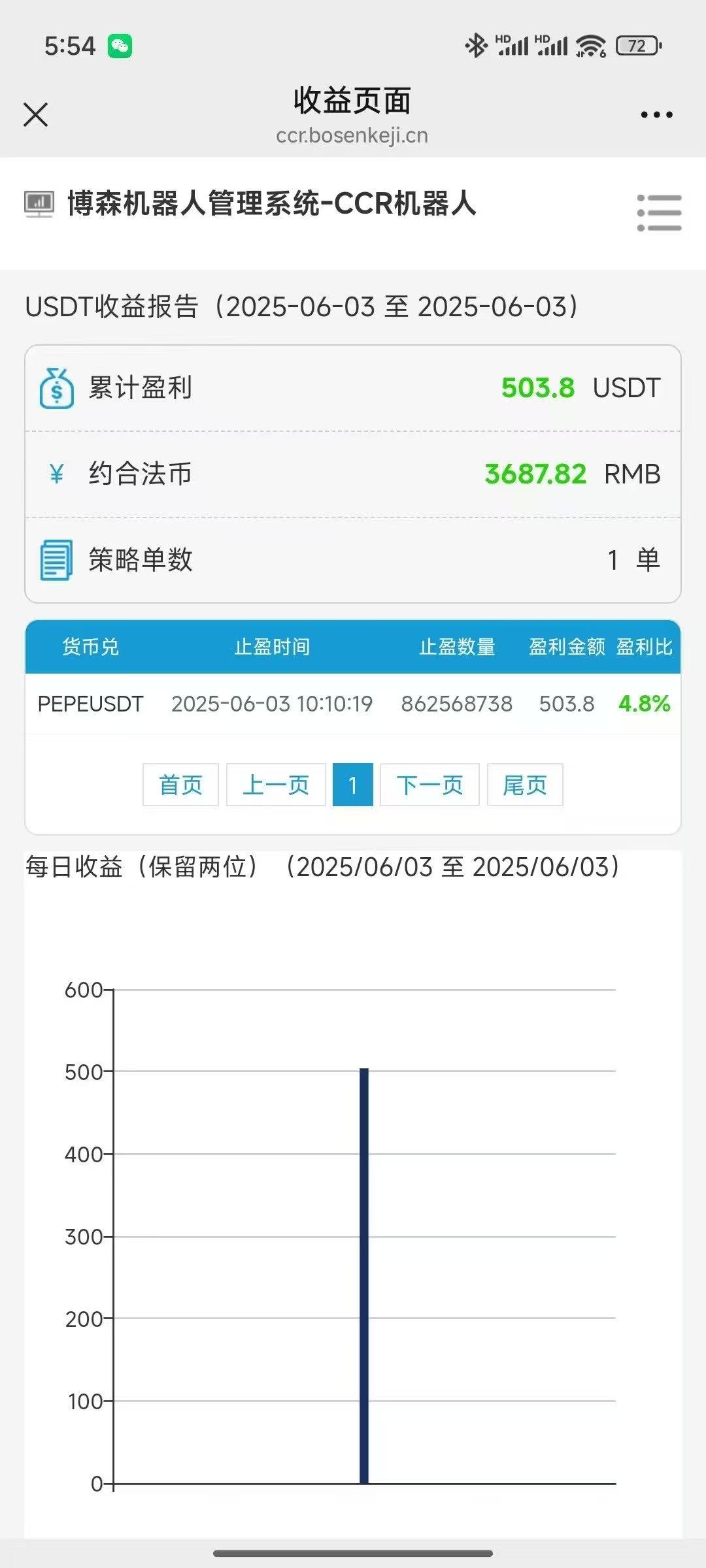Can I make money trading quantitative Ether? This question is like asking "can you get rich trading stocks", the answer depends on how you play. I've seen people double their money in three months with quantitative strategies, and I've also seen people lose half a million dollars a day because of loopholes in their strategies. To put it bluntly, this line of work there is no code of steady income, but grasp the doorway of the people can indeed cut to the leek - of course, may also be the object of cut.
First, the conclusion: can make money, but the probability is lower than you think
- Market volatility is an ATM.
Ether's average daily volatility of 10% is the norm, and before the Merge upgrade in 2021, some people gleaned 38% in a single week using the grid trading method. But don't get too happy - the same people blew out more than 70% in 2022, also during the LUNA crash. - The strategy is divided into three classes, six, nine, and so on.
- arbitrage party: Cross-platform spread arbitrage, annualized 8%-15%, but requires API real-time monitoring, fees eat up 30% profit
- Trend Robotics: Catch 30-minute K-line breakout, winning rate of 45% but the profit and loss ratio of 2:1, suitable for large funds
- high-frequency bricklaying: 200 orders per second, making money on millisecond latency, 90% monopolized by institutions
(Data source: Chained Quantitative Report 2023)
- Technical thresholds dissuade ordinary people
The self-build strategy needs to be taken care of at the same time:
- API interfacing for Ethernet smart contracts (e.g. Infura node maintenance)
- Multi-factor model building (volatility + liquidity + on-chain data)
- Real-time risk control systems (e.g. dynamic adjustment of stop-loss lines)
Those who don't have a bit of programming knowledge (you have to know Python at least) are advised to just buy the off-the-shelf strategy - but remember, 80%'s paid strategies are all about cutting the newbie's leeks.
Second, real cases: some people rely on "loopholes" millions of dollars a year, some people due to "overfitting" bankruptcy
Success Stories::
A team used "cross-chain liquidity pool arbitrage", specializing in catching the price difference between Polygon and BSC chain, and made 2300ETH in 2022 bull market (worth about $6 million at that time). The core logic is:
- Monitor Uniswap and MaticSwap price differentials for the same asset
- Utilizing Lightning Loans to accomplish principalless arbitrage
- Slippage control within 0.3%

case of failure::
A college student with historical data back to test the "MACD + RSI double indicator strategy", the actual market but continuous losses. The problem is:
- Only 2020-2021 bull market data was used for the test data
- Slippage due to MEV robot robots not taken into account
- Order delays due to exchange API traffic limitations
III. Three guides to avoiding pitfalls (blood and tears)
- Handling fees are a hidden killer
Let's say you use a high frequency strategy with a cost of 0.2% per trade:
- 100 trades per day → annual commission ≈ 73% principal amount
(In reality, many cottage exchanges are not even API stable)
- Beware of "false liquidity"
Uniswap's order depth is often an artifact, such as a particular USDC-ETH pair with an apparent pending order volume of 5 million, when in reality the big orders are all over 200 ETH - your bot could instantly eat all the pending orders and get trapped. - The Sword of Damocles of Regulation
2023 After the US SEC sues Tornado Cash, the quant team of Super 60% withdraws from the main EtherNet. Now playing with on-chain arbitrage, one has to be always ready to deal with the sudden appearance of blacklisted addresses.
Fourth, how do ordinary people test the waters?
- Verify with a demo disk first
It is recommended to build a local test network with Ganache to focus on observation:
- Node Latency for High Frequency Transactions
- MEV robot robotic order probability
- Depth chart deviation from actual transaction price
- Start with a small capital
Take the 500U test first and focus on it:
- Sharpe ratio of the strategy (at least >1.5)
- Whether the maximum retracement is <15%
- Is the win rate >50%
- Multi-Strategy Combination
Don't put your eggs in one basket, for example:
- 70% does swing arbitrage
- 20% does trend following
- 10% does an impermanent loss hedge
Finally said a solid words: the essence of quantitative trading of ethereum is "legal cut leek", you can earn money on the premise that: either faster than others 0.01 seconds, or more than others know 1% information difference. If you can't even understand the data on the chain (such as the MEV-Boost bidding mechanism), go to sleep before it's too late.

Comments (0)